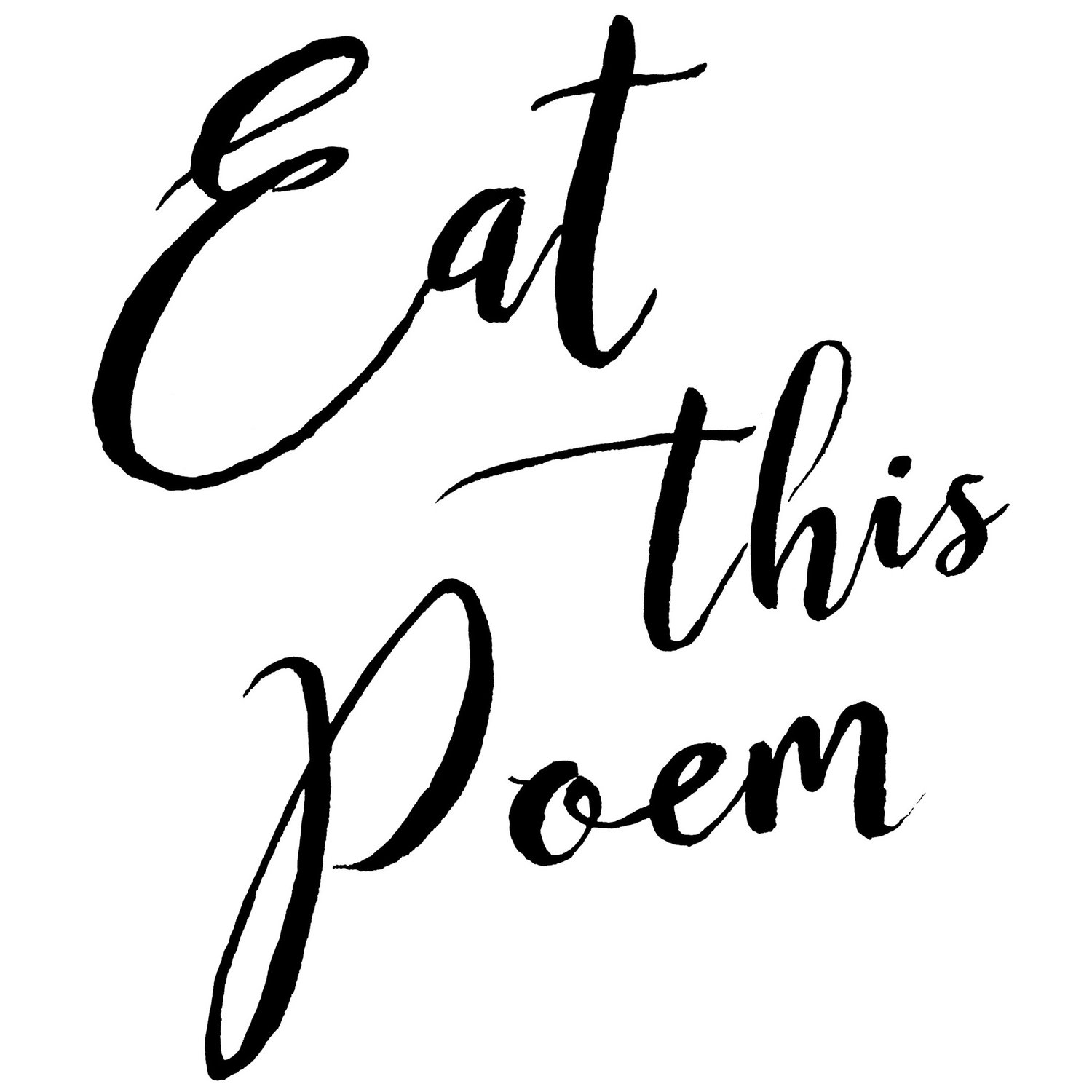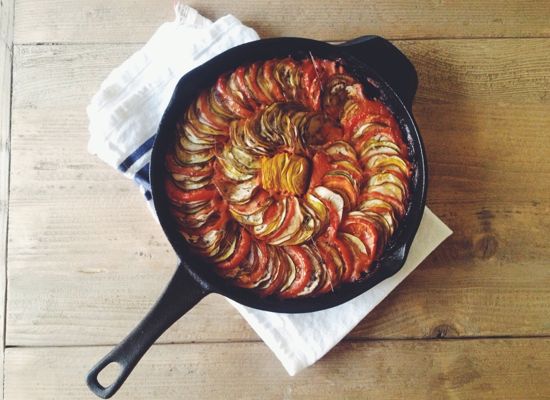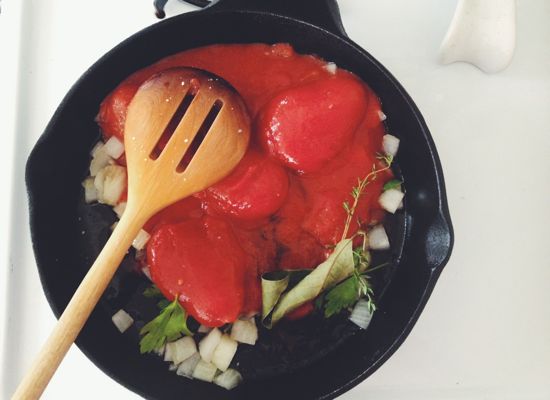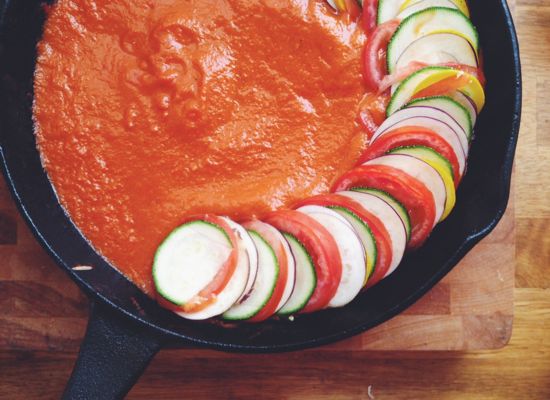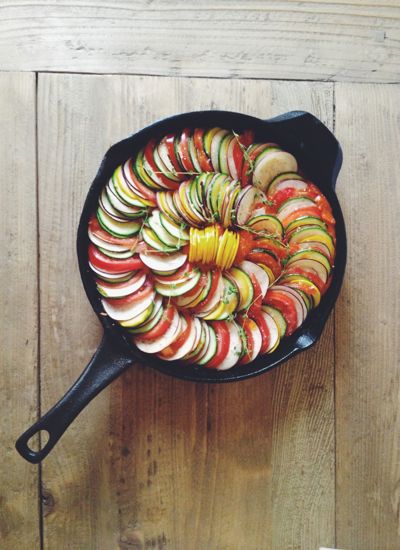After eating at The French Laundry last year, friends asked if the experience had ruined dining out for good. How could I ever step foot in another restaurant without suffering severe disappointment? This is a legitimate question, one I asked myself long before walking through the blue doors, but my response has been a confident No, it did not ruin anything. Quite the opposite, in fact.
I've never compared The French Laundry to any other restaurant. In my mind, it was a unique experience meant to be savored and remembered fondly in a category all its own. What I did compare the experience to was everything I had already learned about Thomas Keller.
For Chef Keller, urgency is what motivates his team of chef's. From the second they arrive in his kitchen, chef's are working against the clock, pushing their boundaries of creativity, and seeking to create a restaurant experience that is utterly memorable. It's not perfection itself, but the pursuit of it, that drives him.
I was reminded of this lesson during a recent pizza and wine night when we decided to watch Ratatouille. Because, of course, nothing goes better with a good meal than a film about good meals. Before turning off the television, we watched one of the bonus documentaries featuring a discussion with Thomas Keller, who developed the staring recipe, and Brad Bird, the film's director.
Chefs and directors are not very different. For Brad Bird, every day was an opportunity to make the film better. Even small changes that seemed unnecessary, like lightening the shadow in a single frame, pushed his team to create the best film possible. In the same way Bird was always thinking about the audience, Keller was developing a ratatouille recipe to please the senses. A diner eats with his eyes first, smells the comforting aroma of roasted peppers and sweet tomatoes. This meal was being served to an audience of millions around the world, who would hopefully leave the theatre hungry for French cuisine.
“Works of art imitate and provoke other works of art, the process is the source of art itself.”
― Edward Hirsch, author of How to Read a Poem, and Fall in Love With Poetry
A similar approach is taken by writers. Perfection is illusive most days. (All days?) We mostly strive for excellence, a strong sentence, a well-placed word at the end of a poem. We strive for feeling the a sense of purpose that fills our soul.
You could say a good meal, a good film, a piece of art that makes you sigh, these are all versions of poetry. After all, what is poetry anyway? Poetry is an emotional response to the mighty world we live in. Poetry is composed, it is the right series of words strung together, the best you have to offer. So it art. So is life. We are always tumbling towards perfection, not with the goal of attaining it, but because the journey, the work, brings enough satisfaction to get you out of bed every morning.
Remy's Ratatouille
Inspired by Thomas Keller and various adapted internet recipes, including this one.
I've seen Pixar's film a handful of times, and each time I've left craving ratatouille, obviously. This time, I decided to do something about it. An internet search turned up inconsistencies in the recipes claiming to be Thomas Keller's version of the film's ratatouille. The Pixar message boards include the proper name of the dish, Confit Byaidi, but include instructions using eggplant, yet failed to include eggplant in the ingredient list. Hmm. Deb made a lovely version, (her interpretation of the star dish) but peppers are layered among the vegetables instead of flavoring the sauce.
Keller's version was inspired by a recipe in The French Laundry Cookbook, and includes two sauces. First, a tomato and pepper sauce that the vegetables are nestled in, and second, a vinaigrette to drizzle over the top.
*Be aware that this dish takes about 2 1/2 hours to cook, plus prep time, so it's an ideal project to prepare throughout the day.
For the pepper sauce
1/2 yellow pepper, seeds and ribs removed
1/2 orange pepper, seeds and ribs removed
1/2 red pepper, seeds and ribs removed
Extra-virgin olive oil
1 large garlic clove, mined
1/2 small onion, roughly chopped
1 14.5-ounce can San Marzano tomatoes
Salt and freshly ground pepper
5 sprigs thyme, divided
2 sprigs parsley
1 bay leaf
For the ratatouille
1 large Japanese eggplant
1 large zucchini
1 large yellow squash
4 to 5 roma tomatoes
1 to 2 teaspoons aged balsamic vinegar
Preheat the oven to 450 degrees F. Place the peppers cut-side down on a foil-lined baking sheet, and roast until tender and the skins begin to loosen, about 20 minutes. Remove and let rest until cool enough to touch, then roughly chop.
Reduce the oven temperature to 275 degrees F.
Add 2 tablespoons of oil to a 10-inch cast iron skillet and warm over low heat. Add the garlic, onion, and season with a pinch of salt and pepper. Cook until soft but not browned, about 8 minutes. Add the tomatoes and their juices, two sprigs of thyme, the parsley, and bay leaf. Simmer until very little liquid remains, about 10-15 minutes. Add the chopped peppers and simmer for another couple of minutes. Season to taste with salt, discard herbs, and turn off the heat.
Allow the sauce to cool slightly, then add to a blender. Puree until very smooth and season with additional salt and pepper. Reserve 1/4 cup of sauce for the vinaigrette, and pour the rest in the bottom of the cast-iron pan.
While the sauce cooks, it's a good time to prepare your vegetables. Thinly slice the eggplant, zucchini and squash on a mandoline and place in a large bowl. Thinly slice the tomatoes with a sharp pairing knife. Don't worry if a few slices fall apart, they can still be used!
Think of the next step as a meditation. You'll spend between five and ten minutes neatly arranging slices of vegetables around a pan, overlapping them ever so slightly. It might feel tedious, but see if you can find some joy in it. This is cooking.
Starting from the outer edge of the pan, arrange alternating slices of tomatoes, zucchini, squash, and eggplant. Allow the slices to overlap so that about 1/4-inch of each slice is exposed. Repeat until the pan is filled. If you run out of zucchini, keep moving forward without it. If you complete two rounds and have extra yellow squash, fill the small opening with it. Don't worry if some of your tomato slices are too thin or too thick. It is a peasant dish, after all. The end result, will be beautiful, regardless.
Scatter the remaining thyme slices over the top and drizzle with 1 to 2 tablespoons of oil. Season with 1/2 teaspoon of salt and a few grinds of pepper. Cover the pan with foil and bake until the vegetables are tender, about 2 hours. Uncover and bake for another 30 minutes.
To make the vinaigrette, combine the reserved pepper sauce with 1 tablespoon oil and balsamic vinegar. Whisk together, then drizzle around the plate just before serving.
